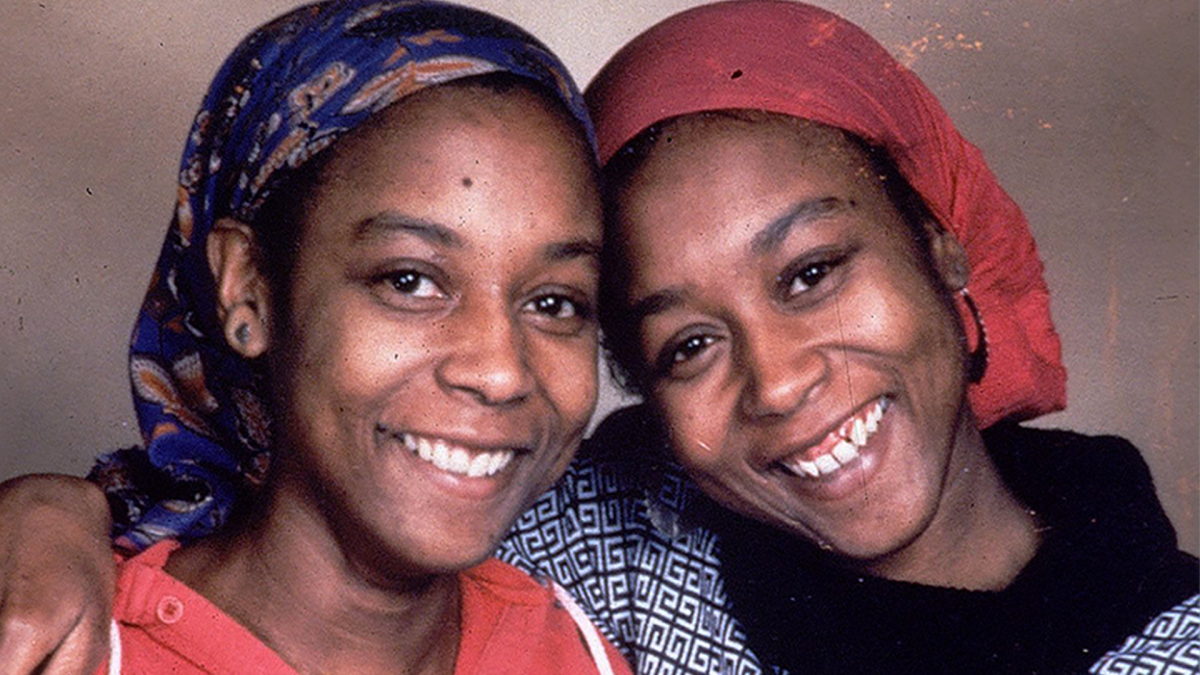When people were facing the aftermath of WWI in the 1920s, jazz and the blues were dominating the music world. In the late 1920s and in the 1930s, the Great Depression had destroyed the economy. This was when traditional pop and swing music appeared. This kind of music was upbeat, which helped people cope with the hardships during this time.
Moving up to the 1940s, the world was faced with another war. Many artists and groups entertained troops that were serving in the war. Jazz, big band, and swing were reflecting what people were facing at the time but were also motivating people to stay hopeful.
During the 1950s, artists like Elvis Presley and Chuck Berry emerged along with the love of Rock ‘n’ Roll. Other big names like The Beatles and The Rolling Stones emerged in the 1960s along with genres like Psychedelic Rock, Blues-Rock, Progressive Rock, etc.


Dancing into the 1970s, Disco music was becoming one of the biggest trends while artists like Elton John, Marvin Gaye and the band Queen came along. When MTV arrived in the 1980s, more song videos were being recorded by many to gain popularity. Michael Jackson was one of the most famous artists of this decade with his creative music videos and skilled dancing.

During the 1990s, the music world was dominated by singers like Mariah Carey, Celine Dion, and Whitney Houston. Rising to the 21st century, many genres formed, like Indie Rock, Emo, Pop-Punk, Contemporary R&B, Hip-Hop, Teen Pop, Country, etc.
taggdigital.com

Artists and and popular genres have changed over time and so has the way we listen to music. In today’s world we listen to music on our phones but looking into the past, it was drastically different. In 1948, Peter Goldmark created the vinyl record which had a capacity of around 21 minutes per side and was 12 inches wide. In the late 1970s, cassette tapes entered the market. These cassettes came with included content or with a fully recordable “blank” cassette.





































